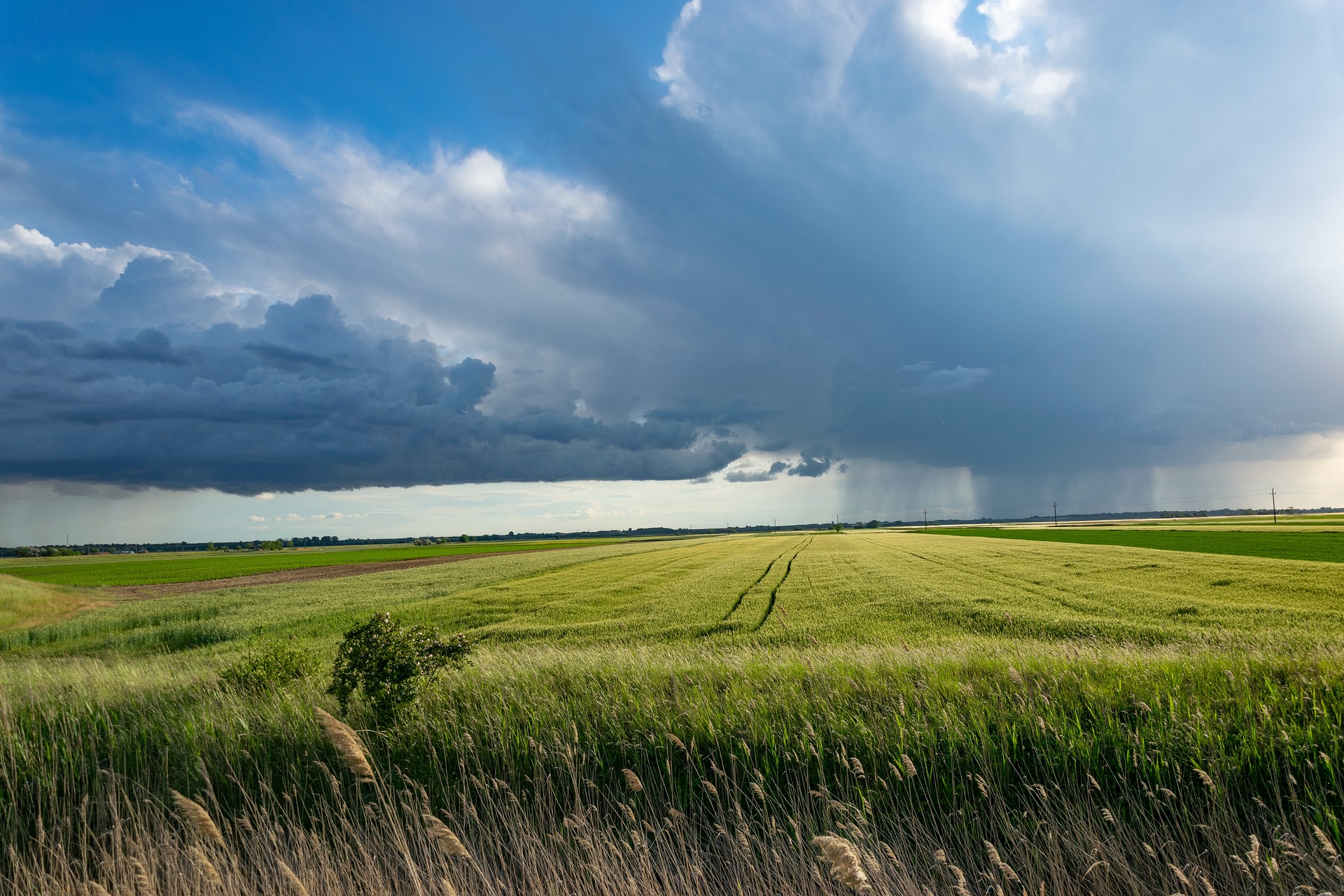Storm Photography
Storm Photography services and referrals offered by JackandJIllPhotoVideo.com
What is Storm Photography?
Storm Photography: Capturing the Power of Nature
Storm photography is a challenging and exhilarating genre that focuses on capturing the raw power and beauty of severe weather events. From dramatic lightning strikes to swirling tornadoes and ominous storm clouds, storm photographers seek to document the awe-inspiring forces of nature.
Key Characteristics:
- Dynamic Action: Storm photography emphasizes capturing the dynamic and ever-changing nature of storms, from the swirling motion of clouds to the explosive power of lightning.
- Safety First: Safety is paramount. Storm photographers must prioritize their own safety and avoid putting themselves in dangerous situations.
- Technical Challenges: Capturing storms presents unique technical challenges, such as unpredictable lighting, fast-moving subjects, and extreme weather conditions.
- Artistic Expression: Beyond mere documentation, storm photography can be a powerful form of artistic expression, conveying the raw power and beauty of nature.
Types of Storm Photography:
- Lightning Photography: Capturing the fleeting brilliance of lightning strikes, often requiring specialized techniques and equipment.
- Tornado Photography: Photographing tornadoes, a dangerous but awe-inspiring subject that requires careful planning and a high level of risk assessment.
- Hurricane Photography: Documenting the destructive power of hurricanes, from storm surges to intense winds and torrential rain.
- Severe Weather Photography: Capturing a wide range of severe weather phenomena, including hailstorms, thunderstorms, and floods.
- Storm Cloud Photography: Focusing on the dramatic beauty of storm clouds, including formations like shelf clouds, mammatus clouds, and supercells.
Challenges and Considerations:
- Safety: Storm chasing can be extremely dangerous. Photographers must be aware of the potential hazards and take all necessary precautions to ensure their safety.
- Predictability: Severe weather events are unpredictable and can change rapidly. Photographers must be prepared to adapt quickly and make decisions in challenging situations.
- Technical Difficulties: Capturing storms requires specialized equipment and techniques, such as fast lenses, high ISO settings, and weather-sealed cameras.
- Ethical Considerations: Storm photographers must be mindful of their impact on the environment and avoid interfering with emergency response efforts.
Equipment:
- Weather-Sealed Cameras: Cameras that are weather-sealed to protect them from rain, dust, and moisture are essential.
- Fast Lenses: Wide-angle and telephoto lenses with fast apertures are helpful for capturing low-light conditions and isolating subjects.
- Tripod: A sturdy tripod is crucial for long exposures and for stabilizing the camera in windy conditions.
- Remote Shutter Release: A remote shutter release allows for taking photos without touching the camera, reducing the risk of camera shake.
- Polarizing Filter: A polarizing filter can help to reduce glare and enhance color saturation.
The Importance of Storm Photography:
- Documenting Nature’s Power: Storm photography helps to document the awe-inspiring power and beauty of nature’s forces.
- Raising Awareness: It can raise public awareness about the dangers of severe weather and the importance of preparedness.
- Scientific Research: Storm photography can provide valuable data for scientific research, such as studying the formation and behavior of storms.
- Artistic Expression: Storm photography is a powerful form of artistic expression, capturing the drama, intensity, and fleeting beauty of severe weather events.
Storm photography is a challenging and rewarding genre that requires a combination of skill, courage, and a deep respect for the power of nature. It offers a unique opportunity to witness and document some of the most awe-inspiring spectacles on Earth.









